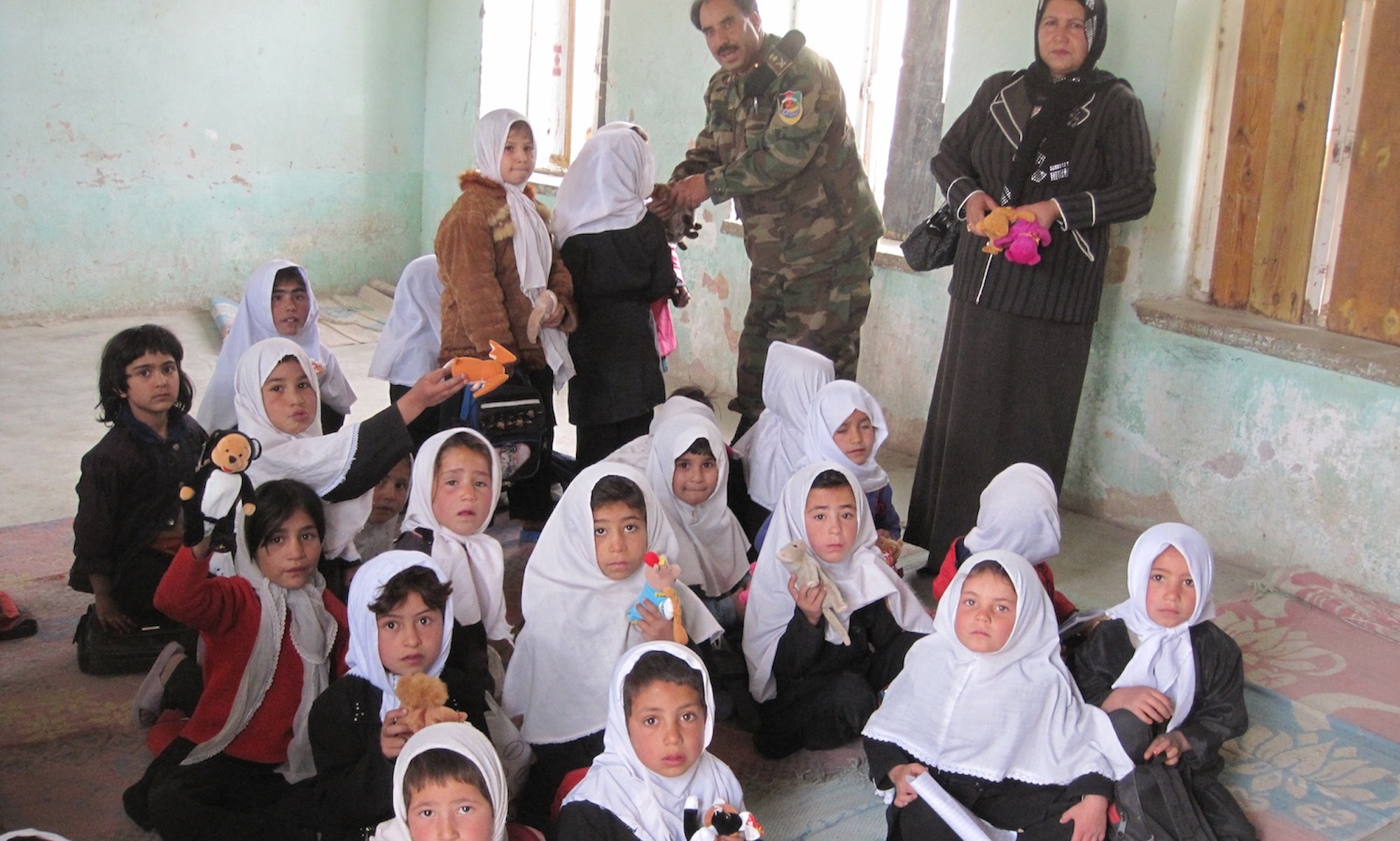Reintegration was prioritised over demobilisation and disarmament in Tajikistan’s peace process. Inadequate disarmament rates were disregarded, but integration of opposition fighters into military and law enforcement units was relatively swift. This created high levels of trust among the former fighters and commanders. The quick provision of incentives, such as comprehensive amnesties and the offer of government positions and economic assets created stakes in the peace process for a number of actors. Transitional justice was largely overlooked. In this way, the case of Tajikistan runs counter to key elements of what has been termed the ‘post-conflict reconstruction orthodoxy’. At the same time, Tajikistan is a rare example of the emergence of post-war stability. This article provides a detailed account of the DDR process and outlines the incentives that it created for the warring parties. It also assesses the emergence of spoilers and the government’s counter strategies. The article concludes by highlighting the consolidation of President Rakhmonov’s power since 2001, but also raises some questions regarding the viability of Tajikistan’s long-term political and economic development.

INSCT Postconflict Research Database
The Institute for National Security and Counterterrorism's Postconflict Research Database & Analysis Project stores cross-indexed bibliographic information on hundreds of journal articles, books, book chapters, and case reports that address the broad, interdisciplinary fields of postconflict reconstruction, stabilization, and peacebuilding.
39 Replies to “R Before D: The Case of Post Conflict Reintegration in Tajikistan”
Comments are closed.